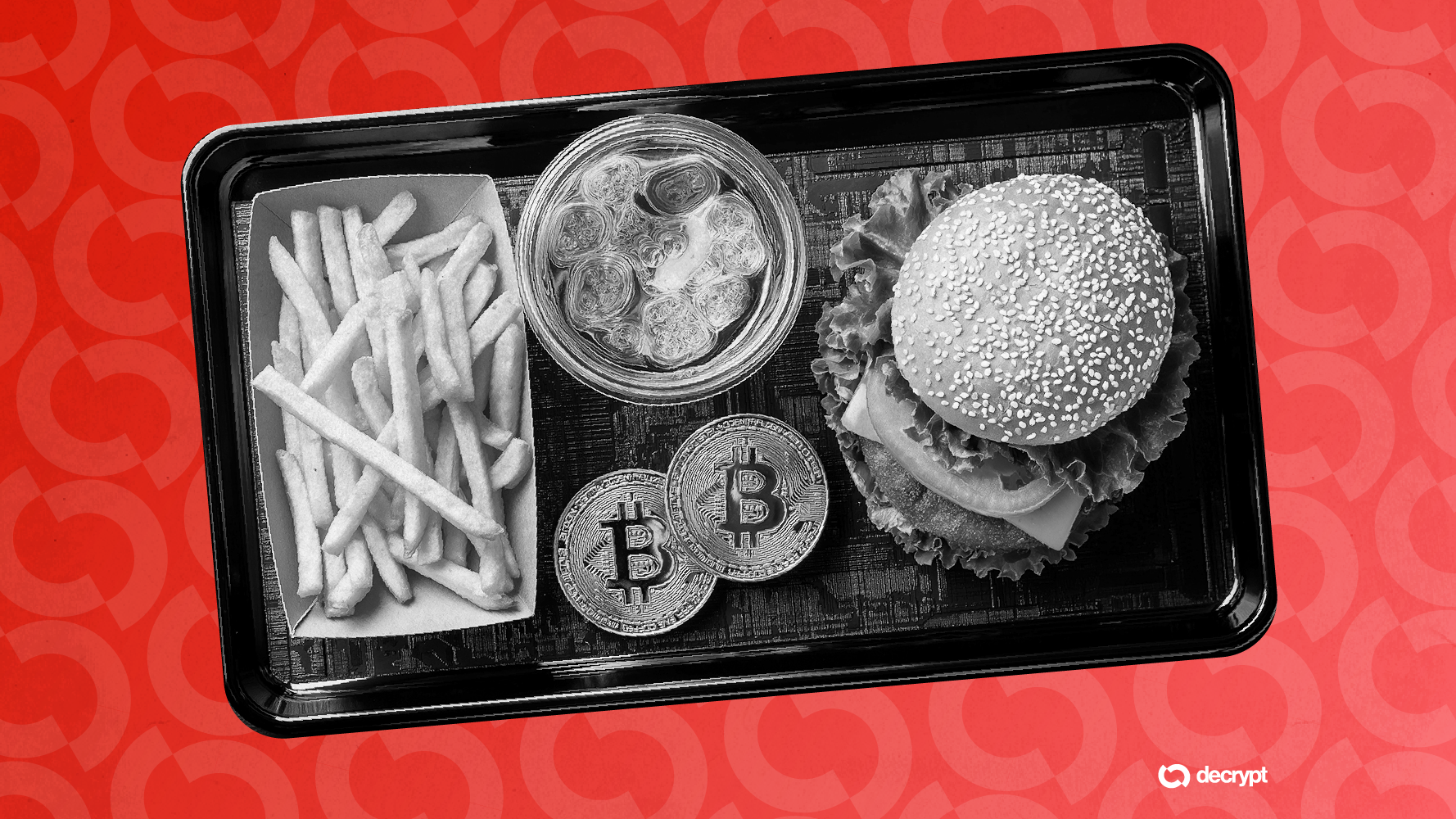Kalshi has partnered with Pyth Network to stream real-time event data across 100+ blockchains
Kalshi, the federally regulated prediction market exchange backed by Donald Trump Jr., has partnered with Pyth Network to deliver real-time, on-chain event data across more than 100 blockchains.
The collaboration brings together Kalshi’s event-based trading infrastructure and Pyth’s decentralized oracle network, creating what both firms describe as the first large-scale integration of regulated prediction data into blockchain ecosystems.
The announcement comes at a pivotal time for prediction markets, as Polymarket has also made inroads into the United States market, allowing users to bet on the outcomes of future events such as elections, economic policy, or sporting championships, among others.
Kalshi expands blockchain presence
By integrating Kalshi’s regulated event feeds into Pyth Network, the collaboration allows blockchain developers to access real-time data on the likelihood of specific outcomes.
According to the announcement, live Kalshi markets like the “New York City Mayor Election, F1 Drivers Champion, MLB Champion, Number of Rate Cuts in 2025” are now distributed by Pyth Network.
The Kalshi-Pyth partnership brings the CFTC-regulated platform as a source of event-based data into the decentralized application space, turning market-priced probabilities into composable, verifiable data that can be used in DeFi, risk modeling, gaming, and governance systems.
0xUltra, who does crypto growth hacking at Kalshi, said, “Oracles represent the first step in taking Kalshi on-chain. Now builders can finally bring their Kalshi ideas to life on the world computer.”
For Pyth Network, which already provides high-fidelity asset price feeds from over 100 publishers, the addition of event-based data represents a natural evolution. It extends the concept of market data from traditional financial assets like equities and cryptocurrencies to real-world events, creating new primitives for developers and institutions alike.
Kalshi builds on status as US-based prediction market
Kalshi operates as a Designated Contract Market under the U.S. Commodity Futures Trading Commission (CFTC), making it one of the first federally regulated exchanges dedicated entirely to event contracts.
Kalshi’s exchanges let traders buy and sell outcomes tied to real-world events, from Federal Reserve rate decisions to presidential elections, such as the last US presidential election, effectively turning public expectations into market-based probability signals.
The company recently announced that it has raised $300 million in a funding round led by Sequoia Capital and Andreessen Horowitz Paradigm and others, such as Coinbase, and it now plans to expand its operations to 140 countries.
Earlier this year, Donald Trump Jr. joined Kalshi as a strategic adviser. His involvement, alongside a wave of political and financial interest, has placed the platform at the center of the emerging event-trading economy
Implications for DeFi and beyond
Regulated event data entering the blockchain space has the potential to bring in new infrastructure where events become liquid, tradeable inputs. It may also incentivize developers to build decentralized insurance products linked to policy outcomes, derivative protocols tied to election probabilities, or portfolio hedging tools based on macroeconomic indicators, among others.
Polymarket, the crypto-based competitor to Kalshi, has also received the green light to operate in certain US markets, as Cryptopolitan reported last week. The sector could use that dose of legitimacy, as front-running bettors on the Nobel Peace Prize market cast another shadow on the ethical nature of such markets.
Political betting is still a contentious issue in Washington, with regulators still debating the boundaries of event-based markets. Bearing that in mind, Kalshi and Polymarket’s next phase of expansion will be closely watched by policymakers and market observers alike.
Don’t just read crypto news. Understand it. Subscribe to our newsletter. It's free.
You May Also Like

Steak ‘n Shake Dumps Ethereum Payments Plan After Pushback From Bitcoin Maxis

Modeling Miner Incentives in Discounted Transaction Fee Mechanisms
